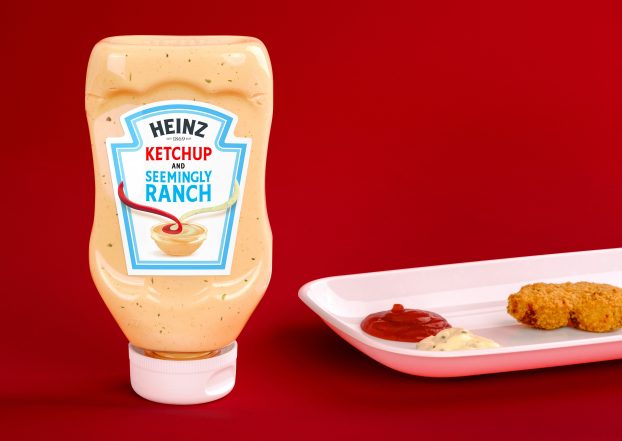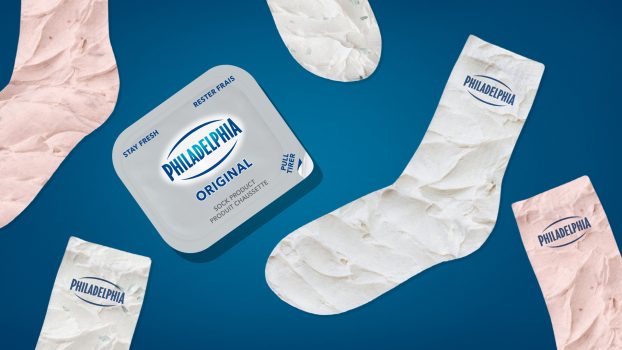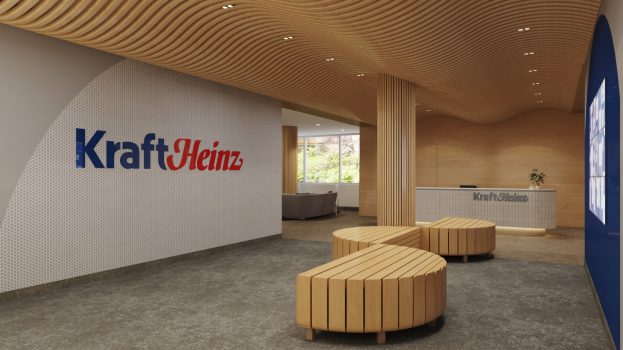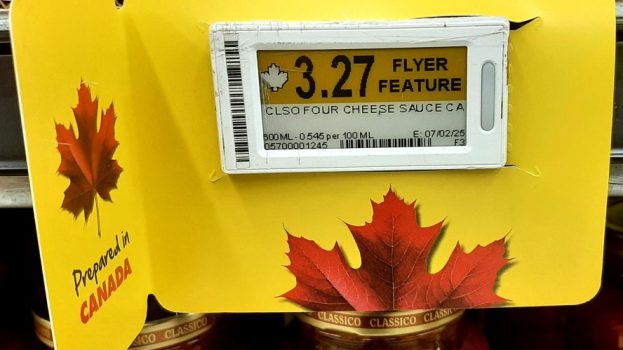
Kraft Heinz is reportedly considering a divorce a decade after its marriage merger.
The Wall Street Journal reported earlier this month that sources familiar with the plan said the CPG giant is considering splitting the bulk of its Heinz products into a separate organization that it values at a number as high as $20 billion USD.
Kraft Heinz said in a statement that it “has been evaluating potential strategic transactions to unlock shareholder value,” according to the report. A sluggish quarterly start to the spring led to a net sales slump of 6.4% and forced the CPG to lower its 2025 outlook.
Sylvain Charlebois, senior director of the Agri-Food Analytics Lab at Dalhousie University in Halifax, says that while the Canadian market is on the smaller side, it’s still very important to Kraft Heinz’s business given the company’s deep penetration in the country’s grocery aisles through brands such as Kraft Dinner and Heinz ketchup.
“A Kraft Heinz split would send ripple effects through the Canadian food industry, but not in the way most might expect,” Charlebois tells strategy.
A divestiture, he says, could open the door for smaller Canadian or international players to compete. If Kraft Heinz’s focus narrows, gaps in distribution or innovation could emerge – especially in categories like plant-based foods or snacking, which could create opportunities for competitors.
Food costs in Canada are unlikely to be affected in the short term, Charlebois says, as prices are more influenced by input costs and grocery retailer power than corporate restructures. Immediate layoffs or Kraft Heinz facility closings are also unlikely in Canada unless a full divestiture follows.

According to Charlebois, Kraft Heinz could divide its portfolio into “legacy comfort brands” like Kraft Dinner, which contribute significantly to Canadian sales, and “growth-oriented health products.” Such a move could lead to a more focused push in Canada on either premium health-forward offerings or deep-discount legacy products.
“Kraft Heinz has been squeezed by private labels, rising costs and stagnant volumes,” Charlebois says. “A split is one way to tell a more compelling story to investors.”
A breakup, he says, could lead to sharper brand strategies, more targeted marketing and possibly leaner operations locally in the future.
However, if the company offloads underperforming legacy brands like Maxwell House or Oscar Mayer, Charlebois says, it’s possible the brands could lose relevance faster without the parent company’s backing.

Kraft Heinz has reported that core products, such as Lunchables and Oscar Mayer, have been struggling. The company has put forward what it calls a “brand growth system” – an initiative that included a Lunchables PB&J innovation – in an effort to rejuvenate the flagging brands.
“Consumer preferences have changed over the last few years,” says Vivek Astvansh, an associate professor who studies marketing and consumer behaviour at McGill University’s Desautels faculty of management. “More specifically, consumers are now reported to prefer less processed, less artificially coloured and less boxed meals.”
In response to the shifting landscape, Kraft Heinz reported in June, that it would cease to launch products with artificial colours in the U.S. and look to eliminate synthetic dyes from existing items by the end of 2027.

Astvansh says it makes strategic sense for the company to separate its two entities so executives can focus on the condiment side of the business, which is growing, and reassess options for the sagging assets.
When Kellanova emerged in 2023 from Kellogg (itself now a takeover target for Ferrero), the new entity’s focus was to tackle the international growth possibility of snacking, while Kellogg took on the core centre-aisle cereals business amid sugar-content concerns and a steady decline in sales for cold cereal.
A “way out” for Kraft Heinz, could be to merge Kraft Heinz products in decline with a similar company looking to leverage its distribution and manufacturing network, Astvansh says.
David Soberman, professor of marketing at University of Toronto’s Rotman School, shares that sentiment.
“It seems Kraft Heinz feels that their grocery business, that includes brands like Mac & Cheese, Ore-Ida, Philadelphia cream cheese, Oscar Mayer, Capri Sun, Velveeta, Lunchables and Jell-O, is much more vulnerable than their sauces and condiment business,” Soberman says. “I think they believe they can unlock the value in their sauce and condiment business with this type of spinoff.”























